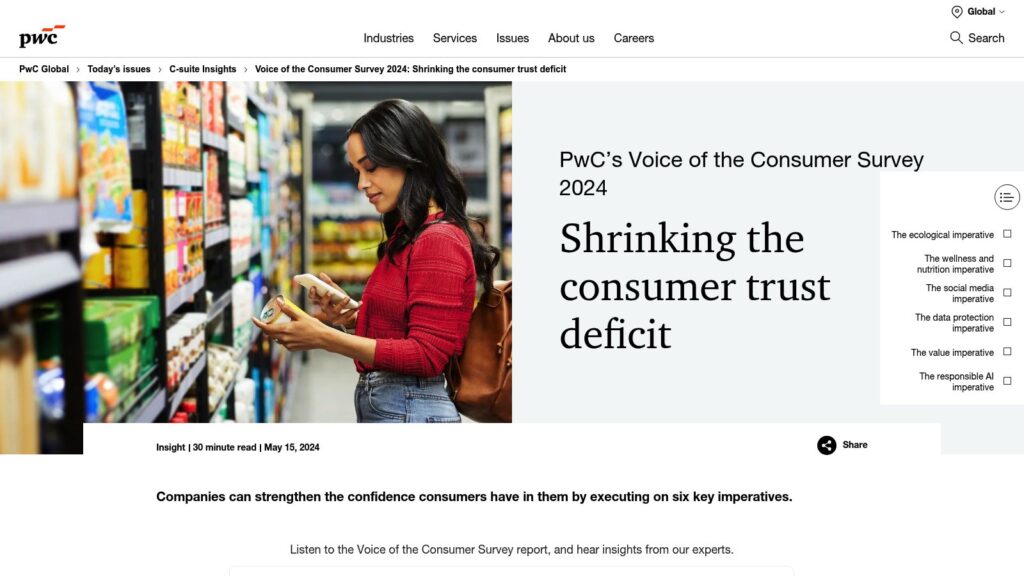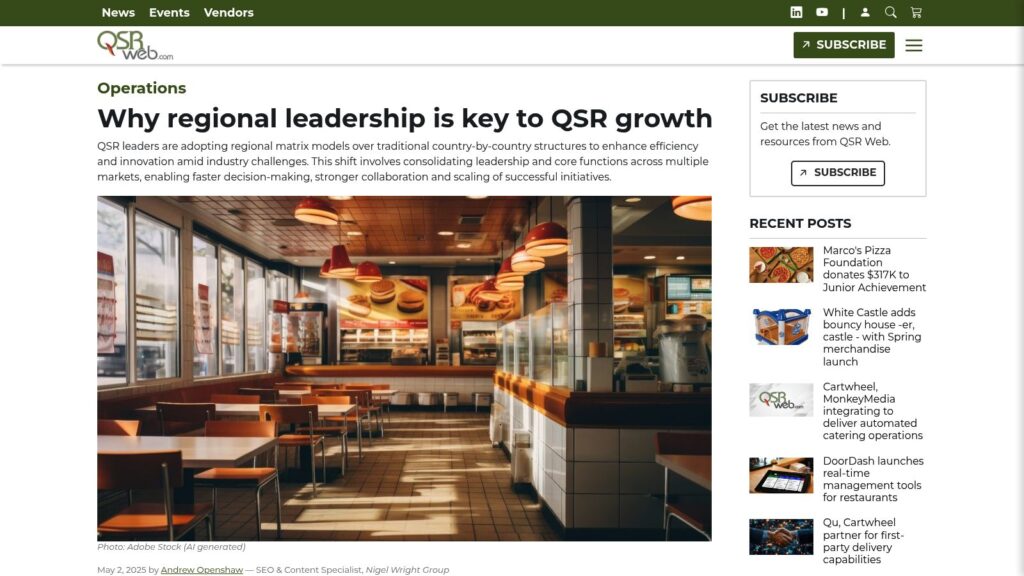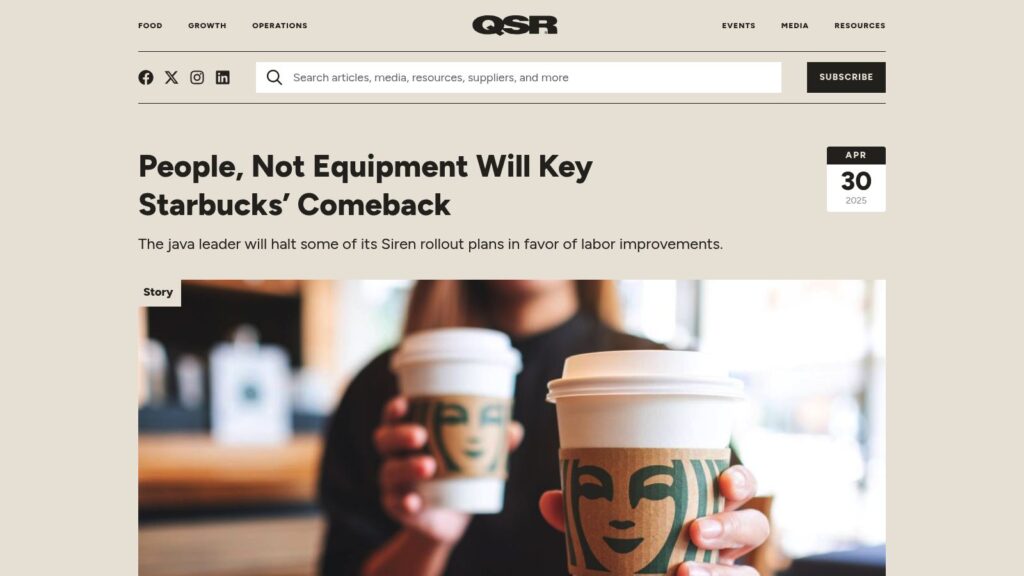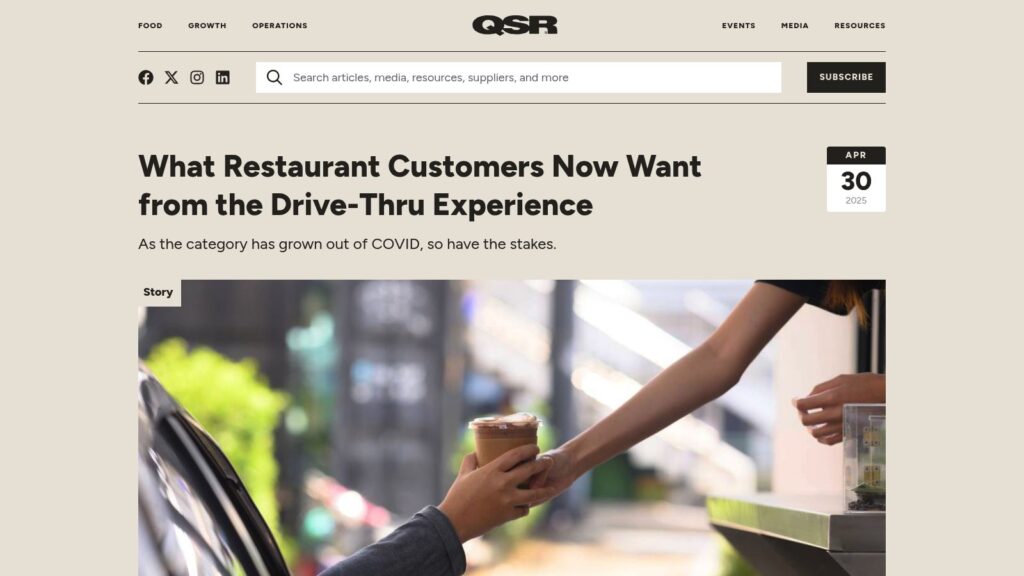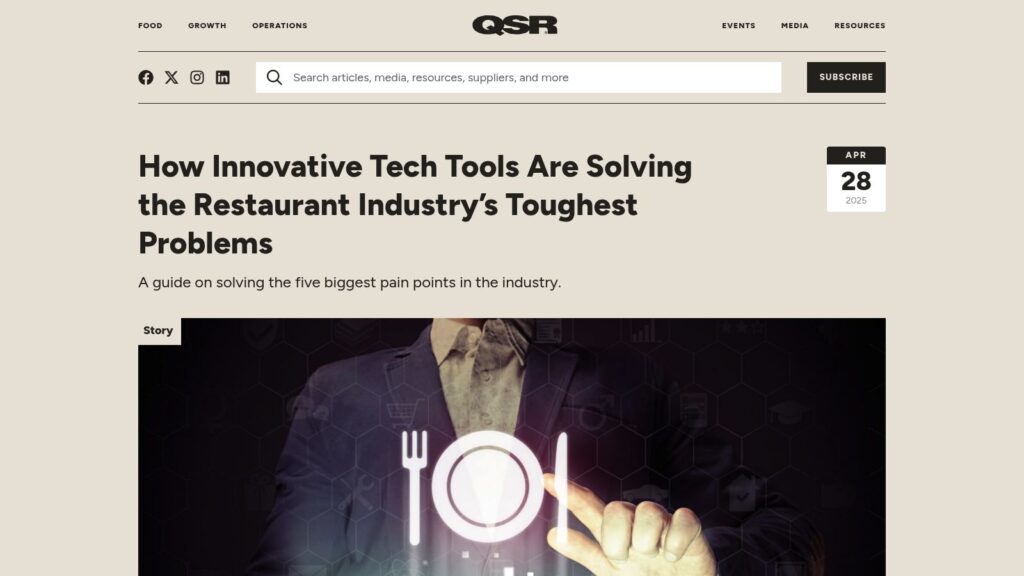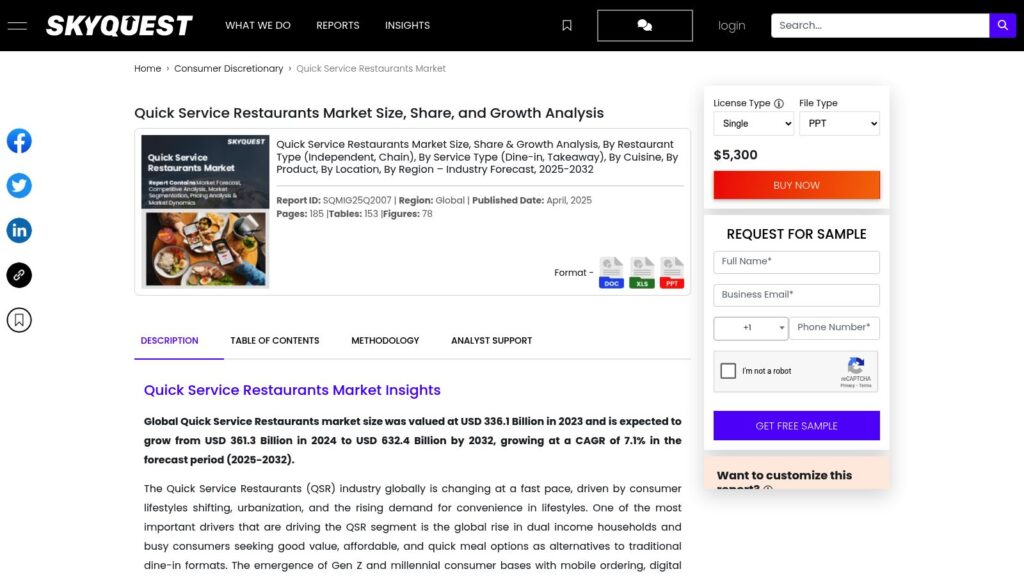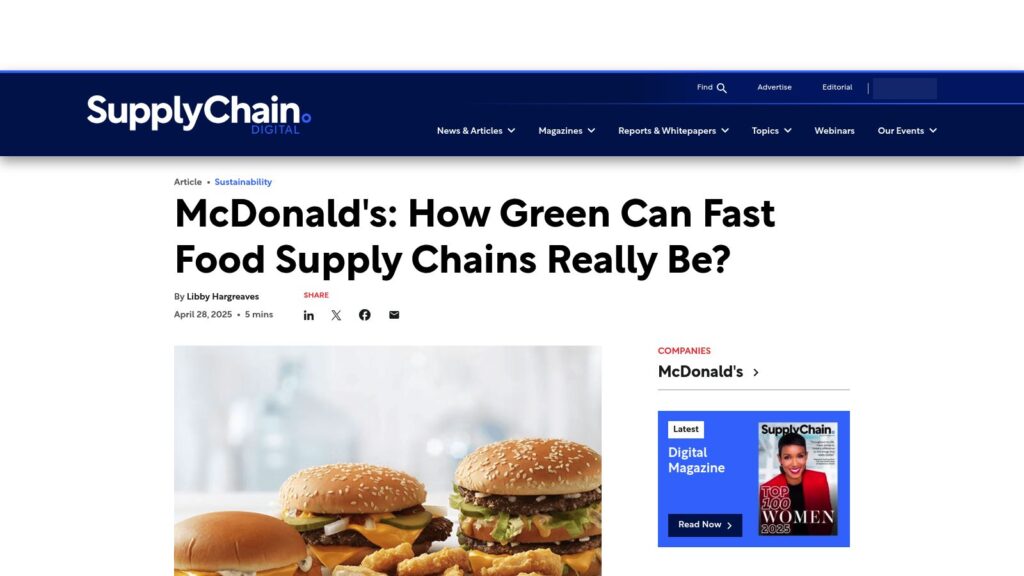Voice of the Consumer Survey 2024
PwC's 2024 Voice of the Consumer Survey reveals a growing consumer trust gap in brands amidst escalating financial, ecological, and technological disruptions. Companies must focus on six key imperatives to build trust: connect with eco-conscious consumers, reflect wellness desires in products, balance social media engagement with credibility concerns, safeguard personal data, meet value expectations amidst inflation, and responsibly incorporate AI. The survey, involving over 20,000 consumers globally, highlights increased environmental awareness, the need for transparency in food and product choices, and the rising expectation for brands to act responsibly for both society and the environment. Trust is increasingly viewed as essential for growth and market share in an expanding consumer class.
https://www.pwc.com/gx/en/issues/c-suite-insights/voice-of-the-consumer-survey.html
